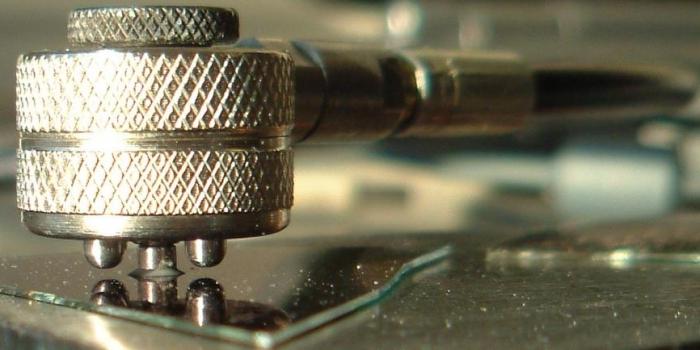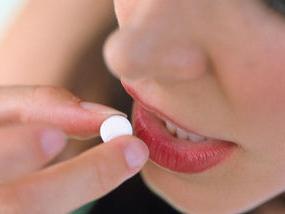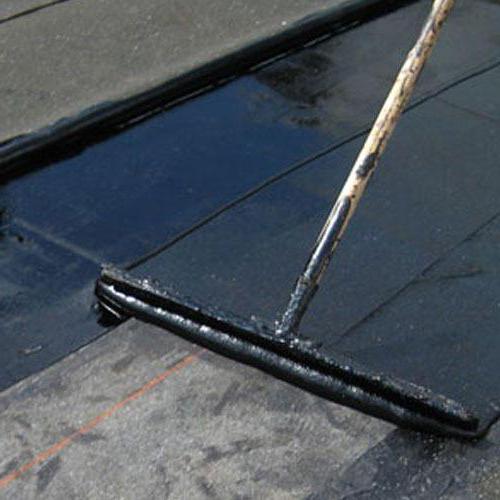Adhesion is what?
There are many different ways of interaction between physical bodies. One of them is surface adhesion. Let's consider what kind of phenomenon it is and what its properties are.

What is adhesion?
The definition of the term becomes more understandable,if you find out how the word was formed. From Latin, adhaesio translates as "attraction, adhesion, adhesion". Thus, adhesion is nothing more than the connection of condensed dissimilar bodies, which arises when they come into contact. When homogeneous surfaces come into contact, a particular case of this interaction arises. It is called autohesion. In both cases, you can draw a clear line of phase separation between these objects. In contrast, they release cohesion, at which the molecules co-exist within the substance itself. To be clearer, let us consider an example from life. Take the PVA glue and plain water. Then we put them on different parts of the same glass surface. In our example, water is a substance with poor adhesion. It's easy to check by turning the glass upside down. Cohesion also characterizes the strength of the substance. If you glue two pieces of glass glue, then the connection will be quite reliable, but if you connect them with plasticine, then the latter will break in the middle. From which it can be concluded that its cohesion for a strong connection will not be enough. We can say that both these forces complement each other.

Types of adhesion and factors affecting its strength
Depending on what kind of bodies each otherinteract, some of the features of sticking appear. The greatest value is the adhesion that occurs when interacting with a solid surface. This property is of practical value in the manufacture of all kinds of adhesives. In addition, the adhesion of solids and liquids is also isolated. There are several key factors that directly determine the strength with which adhesion will be manifested. This is the area of contact, the nature of the contacting bodies and the properties of their surfaces. In addition, if at least one of a pair of objects bears an electric charge, then a donor-acceptor bond will appear during the interaction, which will strengthen the binding force. Capillary condensation of water vapor on surfaces plays an important role. Due to this phenomenon, chemical reactions can occur between the substrate and the adhesive, which also increases the bond strength. And if a solid body is dipped in a liquid, then one can observe a consequence, which also causes adhesion, is wetting. This phenomenon is often used for painting, gluing, soldering, lubricating, enriching rocks, etc. To eliminate adhesion, a lubricant is used that prevents direct contact of surfaces, and to enhance it, on the contrary, surface activation is effected by mechanical or chemical purification, by exposure to electromagnetic radiation or by the addition of various functional impurities.








